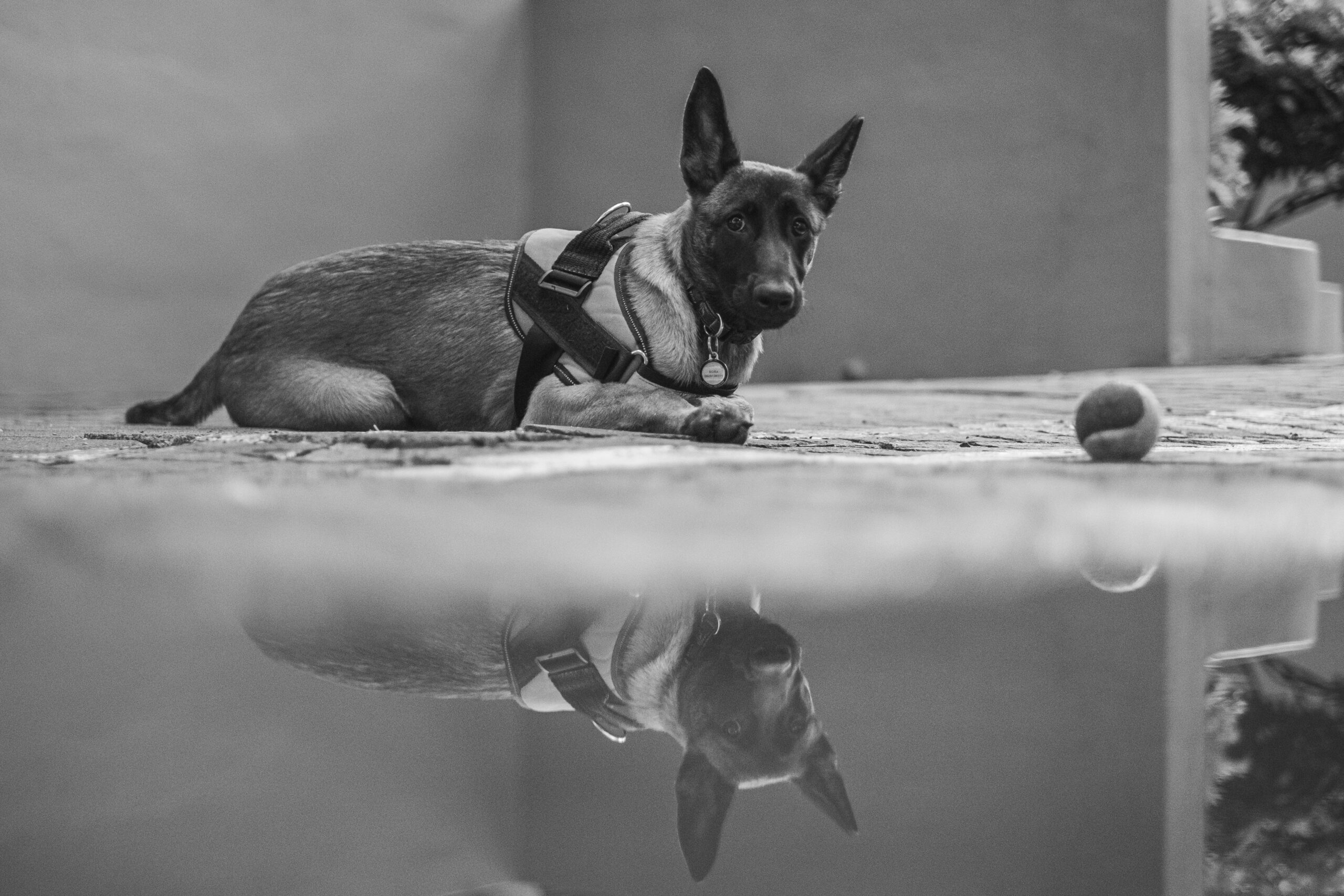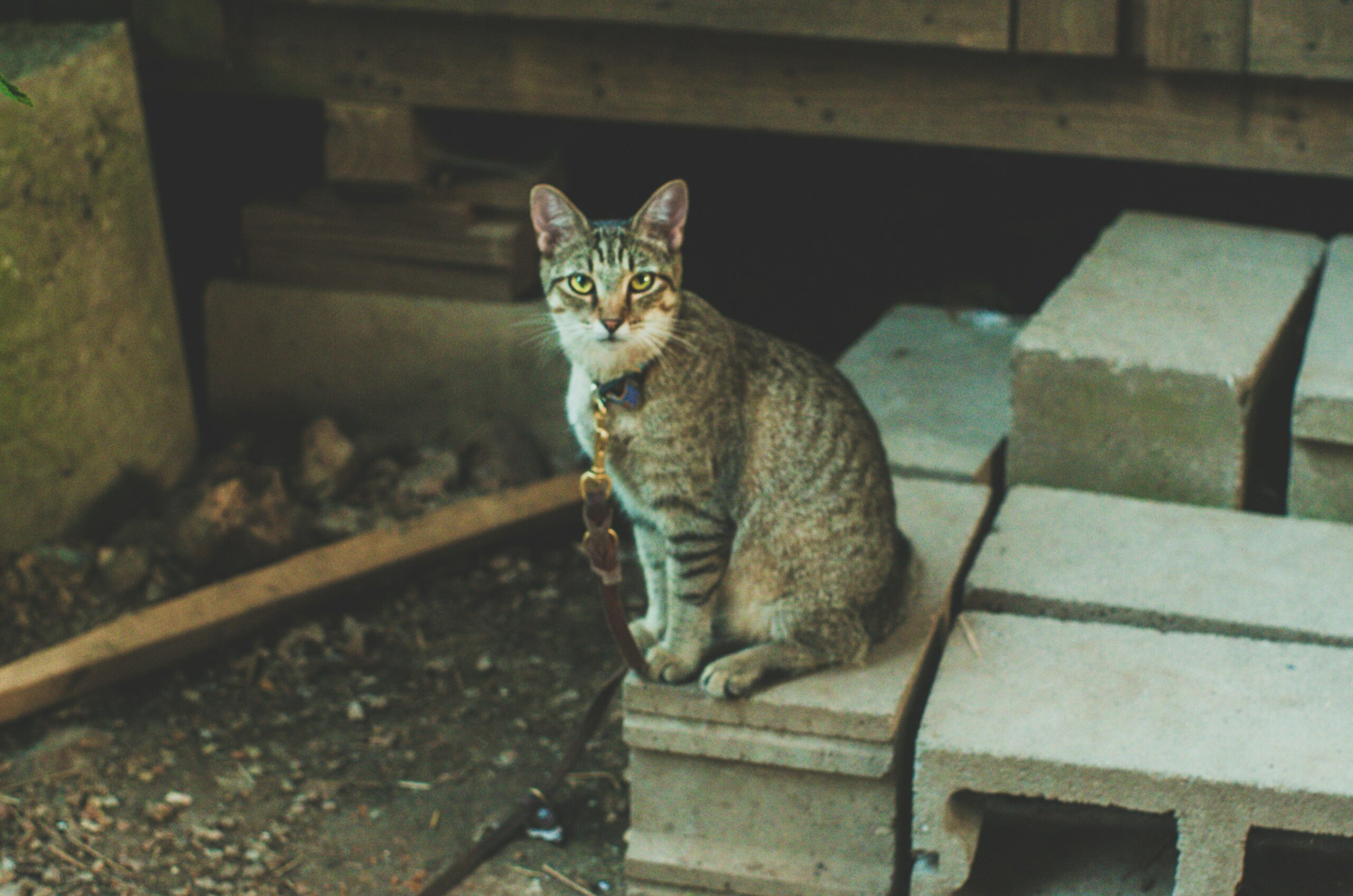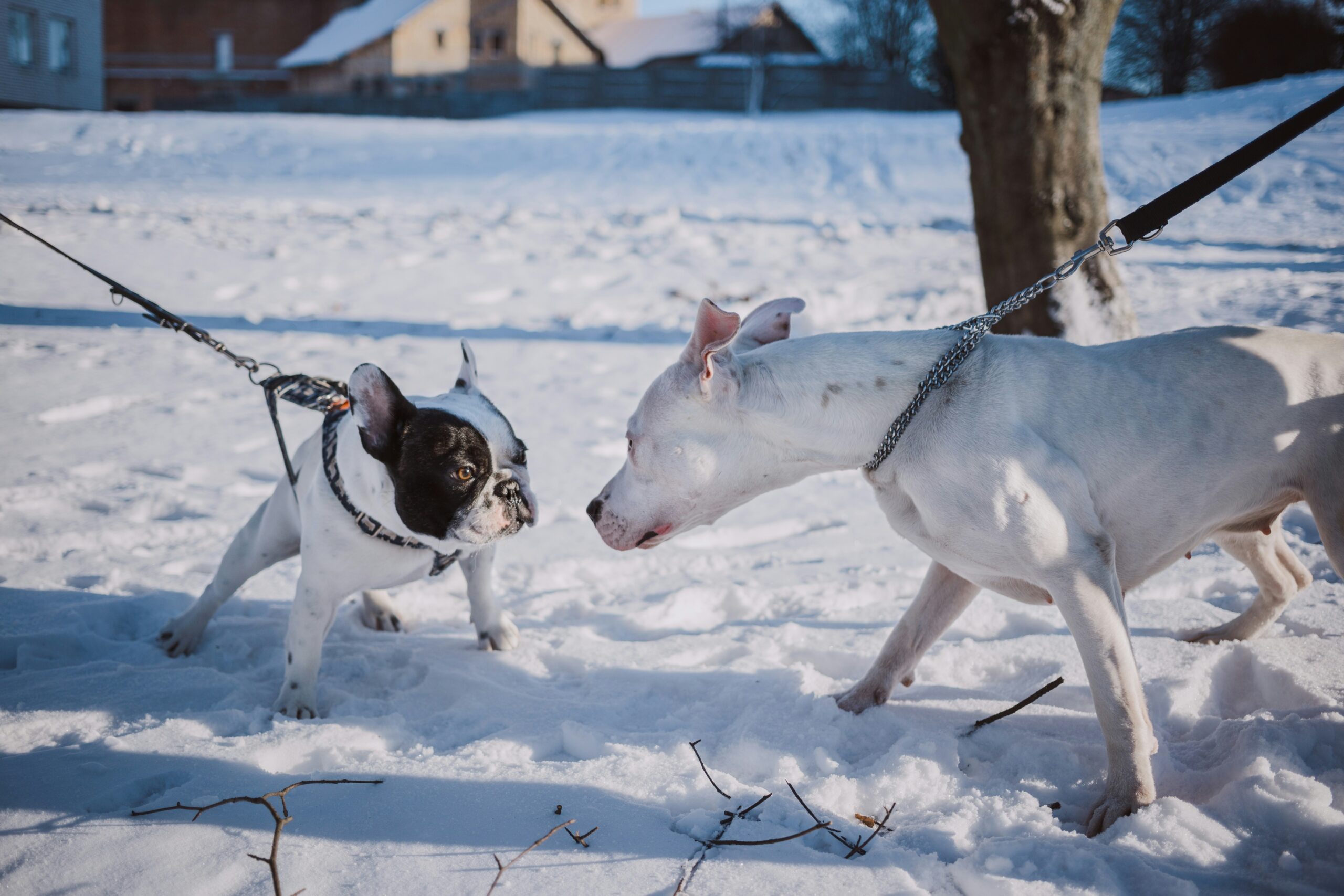Expert Tips for Training Your Puppy: Proven Methods for Success
Introduction to Puppy Training
Welcoming a new puppy into your home is a joyous occasion, but it also comes with significant responsibilities. Early puppy training is essential for setting a foundation of good behavior and fostering a lasting, positive relationship between you and your pet. Training your puppy from the outset not only helps in curbing undesirable behaviors but also contributes to the overall well-being and sociability of your canine companion.
Implementing effective training techniques can bring about a host of benefits. An obedient and well-trained puppy is more likely to grow into a confident and happy dog, reducing the likelihood of behavioral problems that might arise in the future. Early training also strengthens the bond between you and your pet, creating a deeper mutual understanding and trust. Moreover, a well-mannered puppy is more welcome in various social settings, whether it be family gatherings, public parks, or during visits to the veterinarian.
In this blog post, we will explore expert tips and proven methods to ensure success in puppy training. We will begin by discussing the importance of consistent routines and positive reinforcement, which are crucial for effective learning. Next, we will delve into specific training exercises suitable for young puppies, such as crate training, housebreaking, and basic commands. Additionally, we will address common challenges that puppy owners face, and offer practical solutions to overcome them. By gaining a comprehensive understanding of these methods, you will be well-equipped to train your new puppy by adopting strategies that promote their development and well-being.
With these insights and techniques, you can foster a harmonious and enriching environment for your pet, ensuring a lifetime of companionship and rewards. Let’s embark on this journey of puppy training excellence and set the stage for a fulfilling relationship with your furry friend.
Understanding Your Puppy’s Behavior
Training your puppy effectively begins with understanding their behavior. Puppies exhibit a range of common behaviors that can often be confusing or misunderstood by new pet owners. For instance, behaviors such as chewing, nipping, or barking might appear problematic, but they are typical stages of development. Chewing helps puppies explore their environment and teethe, nipping serves as a way to interact and learn bite inhibition, and barking can be a form of communication or an expression of excitement.
A key aspect of managing these behaviors is patience and empathy. Recognizing that puppies are in a critical learning phase can help you approach training with a gentler, more constructive attitude. It’s important to remember that behaviors perceived as negative are rarely intentional; they are part of the natural growth process. Your role as an owner is to guide them through this stage with positive reinforcement and consistent training methods.
Puppies have unique signals and needs that they communicate through their behavior. By observing your puppy closely, you will start to understand these individual traits and learn how to respond appropriately. This observation is crucial for developing a tailored training approach that fits your puppy’s specific temperament and needs.
For those looking to delve deeper into puppy psychology and behavior, numerous resources are available. A detailed guide on puppy behavior can provide extensive insights into why puppies act the way they do and offer strategies for managing various behaviors. Understanding these principles can significantly enhance your ability to train your puppy effectively and empathetically. To access a comprehensive resource on this topic, you can click on this detailed guide on puppy behavior.
In essence, developing an understanding of your puppy’s behavior and being patient and empathetic in your approach will create a strong foundation for training success. Observing and learning your puppy’s unique behavioral signals will foster a better relationship and facilitate a more effective training process.
Socialization Strategies
Socialization represents a pivotal phase in a puppy’s development, fundamentally influencing their future behavior. The critical period for socialization spans from 3 to 14 weeks of age. During this window, puppies are exceptionally receptive to new experiences, which can significantly shape their temperament and social skills.
Expert-approved methods for puppy socialization emphasize gradual and positive exposure to diverse stimuli. Introductions to new people, animals, and environments should be conducted in a controlled and supportive manner. For instance, inviting a variety of guests to your home, each interacting with the puppy gently, helps mitigate fear of strangers. Similarly, arranging playdates with other vaccinated puppies encourages healthy interaction and prevents future aggression.
Exposure to varied environments is equally crucial. Taking your puppy on short outings to different locations, from parks to urban settings, acclimates them to new surroundings. This exposure reduces anxiety and promotes confidence in diverse scenarios.
Implementing safe socialization practices is paramount. Ensuring all interactions are positive prevents the development of negative associations. Monitor your puppy’s reactions and provide treats or praise to reinforce positive behavior. Avoid overwhelming environments and allow your puppy to approach new experiences at their own pace.
To aid pet owners in systematically socializing their puppies, we recommend utilizing a structured approach. Detailed guidance can be accessed via our [clickable link to a socialization checklist](http://example.com/socialization-checklist). This resource offers a comprehensive list of experiences to introduce during the critical socialization period, ensuring a well-rounded and well-adjusted companion.
Basic Commands and Obedience Training
Training your puppy with basic commands is a crucial step in ensuring a well-behaved and happy companion. Among the essential commands every puppy should learn are “sit,” “stay,” “come,” and “leave it.” Establishing a foundation of obedience can be achieved through a series of structured techniques used by professionals, focusing heavily on consistency and positive reinforcement.
To teach your puppy the “sit” command, start by holding a treat close to their nose. Slowly move the treat over their head, allowing their bottom to naturally lower to the ground. As soon as they sit, reward them with the treat and praise. Repeating this process consistently will help reinforce the behavior. Likewise, for the “stay” command, have your puppy sit and then hold your palm out in front of them like a stop sign. Gradually take a step back and reward them if they remain in position. Gradually increase the distance and duration to solidify the command.
The “come” command ensures your puppy returns to you, even in a distraction-filled environment. Begin training this command on a leash in a controlled setting. Kneel down, open your arms, and enthusiastically call your puppy’s name followed by “come.” Reward with treats and affection when they reach you. This positive reinforcement builds reliability. Lastly, teaching the “leave it” command protects your puppy from ingesting harmful objects. Hold a treat in your closed hand, let your puppy sniff, and when they pull away, say “leave it” and offer a different treat. Consistently practicing these techniques will engrain the command.
Remember, patience and persistence are key to successful training. Positive reinforcement, through treats and praise, encourages your puppy to repeat desired behaviors. For further insight, consider exploring [clickable link to in-depth obedience training videos](http://example.com/obedience-training-videos) which offer expert demonstrations that can enhance your training process.
Crate Training Made Easy
Crate training is a foundational element in a puppy’s education that offers both convenience and security for owners while providing a structured environment for your young canine to thrive. Understanding the benefits of crate training is essential. It helps in creating a safe space where your puppy can feel secure, facilitating housebreaking by teaching bladder control, and offering a haven for restful sleep. Furthermore, it significantly aids in managing your puppy’s behavior and ensuring their safety when you cannot provide supervision.
To introduce a crate to your puppy, begin by choosing a crate that is appropriately sized—just large enough for your puppy to stand, turn around, and lie down comfortably. Keep the door open and let your puppy explore it voluntarily, incentivizing with treats and verbal encouragement to create positive associations. Gradually increase the time your puppy spends inside with the door closed, starting with a few minutes and extending to longer periods as they become more comfortable.
Making the crate a positive space is crucial. Line it with soft bedding and include a favorite toy or a piece of your clothing to provide comfort. Avoid using the crate as punishment, as this will negate its role as a safe haven. Consistent practice, such as feeding your puppy inside the crate during mealtime, further reinforces its positive perception.
Effective utilization of the crate extends to housebreaking and safe confinement. Establish a routine by taking your puppy outside immediately after releasing them from the crate, reinforcing the idea that it is not a place for elimination. For safe confinement, especially during the night or when you need a break, the crate serves as a secure location where your puppy can settle down without the risk of engaging in hazardous activities.
For more detailed guidance, you may refer to this comprehensive crate training guide.
Dealing with Common Issues
Puppy training often presents various challenges, with biting, chewing, and barking being among the most common issues faced by dog owners. Addressing these behaviors effectively requires understanding their underlying causes and applying suitable techniques to manage and correct them.
Biting is a natural behavior for puppies as they explore their world and alleviate teething discomfort. However, it is crucial to correct this behavior early to prevent it from becoming problematic. Start by providing plenty of chew toys and discouraging nipping during play. If your puppy bites you, respond with a firm “no” and withdraw attention, teaching them that biting leads to an end of interaction.
Chewing is another instinctive behavior in puppies, helping them soothe teething pain and investigate their surroundings. To minimize destructive chewing, ensure your puppy has access to appropriate chew toys. Dog-proof your home by keeping valuable and hazardous items out of reach. When you catch your puppy chewing on something inappropriate, redirect them to a suitable object and praise them for chewing on the acceptable item.
Excessive barking can also be a challenge, often resulting from boredom, fear, or a desire to alert you. Address the root cause by providing plenty of mental and physical stimulation and teaching your puppy the “quiet” command. Reinforce calm behavior with treats and praise, gradually extending the duration your puppy remains quiet. Utilizing crate training can also offer a safe space where your puppy can relax and feel secure.
For more detailed strategies and methods, consider consulting additional resources. For further guidance, check out this clickable link to a resource on managing problem behaviors.
Case studies highlight the importance of consistent training with positive reinforcement. For instance, a Labrador puppy named Max was prone to excessive barking triggered by any noise outside the house. By employing the “quiet” command and rewarding Max for staying calm, the owners successfully minimized his barking episodes. Consistency and patience play pivotal roles in mitigating these common challenges effectively.
Advanced Training Techniques
Once your puppy has mastered the basics of obedience and house training, it’s time to move on to more advanced training techniques. These methods not only enrich your dog’s life but also ensure a higher level of control and better behavior in various environments. This section covers essential advanced training topics such as leash walking, off-leash training, and advanced commands.
Leash Walking
Training your puppy to walk on a leash without pulling or lagging requires patience and consistency. Start by using a comfortable, well-fitted harness and a standard leash. Begin training in a quiet area with minimal distractions. Encourage your puppy to walk beside you by using treats and positive reinforcement. Gradually increase the level of difficulty by introducing more distractions and longer walks. Proper leash walking training can prevent future behavioral issues and ensure a pleasant walking experience for both you and your pet.
Off-Leash Training
Off-leash training is the pinnacle of advanced training, providing the ultimate freedom for you and your puppy. Successful off-leash training relies heavily on a solid foundation of basic commands like sit, stay, and come. Start in a secure, enclosed area and gradually work your way to more open environments. Consistency, clear cues, and rewarding good behavior are essential. Keep in mind that off-leash training can be time-consuming and should only be attempted once your puppy has demonstrated reliable recall in various settings.
Advanced Commands
Advanced commands go beyond the basics and can include skills such as heel, place, and high-five, among others. These commands not only challenge your puppy’s cognitive abilities but also foster a deeper bond between you and your pet. Training advanced commands involves breaking the task down into smaller, manageable steps and rewarding your puppy for each milestone achieved. Use positive reinforcement techniques and be patient, as mastering these commands can take time.
Determining when to start advanced training techniques varies with each puppy, but a general rule is to begin once your dog has a firm grasp of basic obedience. Gradual progression and consistent training will contribute to your puppy’s success. For those seeking more in-depth guidance, consider enrolling in [advanced training courses](http://example.com/advanced-training-courses) to enhance your training endeavors.
Maintaining a Training Routine
Establishing a consistent training routine is crucial for the successful development of your puppy. Consistency helps reinforce learned behaviors and ensures that training becomes a seamless part of your everyday life. Integrating short, regular training sessions into your daily schedule not only keeps your pup engaged but also strengthens your bond.
One of the essential aspects of maintaining a training routine is ensuring that sessions are both productive and enjoyable. Varying the activities and keeping them interesting can prevent your puppy from becoming bored or resistant. For example, alternate between obedience training, play sessions, and introducing new tricks. Incorporate positive reinforcement methods, such as treats and praise, to motivate and reward your puppy for their efforts.
Additionally, consistency in commands and cues is vital. Using the same words and hand signals for specific actions reinforces what your puppy is learning. Encourage all family members to use the same commands to avoid confusing your puppy. Consistency extends to the environment as well; try to conduct training sessions in different locations to help your puppy generalize the commands they learn.
It is equally important to be mindful of your puppy’s attention span. Puppies can get easily distracted or tired, so keep the sessions short and sweet, ideally around 5 to 10 minutes each. Multiple brief sessions throughout the day are more effective than a single prolonged session. This approach helps maintain your puppy’s interest and ensures effective learning without overwhelming them.
Setting clear objectives and tracking progress can also greatly enhance the training process. Keeping a [clickable link to a customizable training schedule template](http://example.com/training-schedule-template) can help you stay organized and consistent, ensuring that no important aspect of training is overlooked.
Remember, patience and persistence are key. By maintaining a structured, engaging training routine, you are setting your puppy up for success. The time and effort invested now will yield a well-behaved, happy companion for years to come.















Post Comment